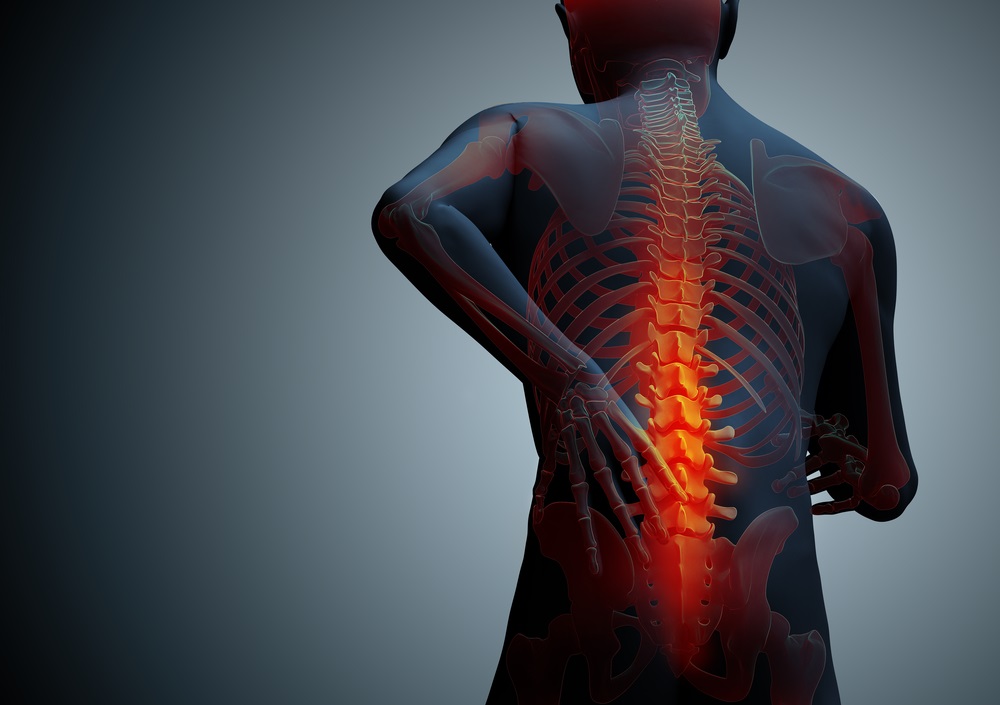
When learning about how your body functions, the terms “vitamins” and “minerals” come up more than most. This is all with good reason, considering vitamins and minerals are what your body needs to function normally! This guide will be focusing on minerals in particular, establishing exactly what they are and why your body needs them.
What Are Minerals?
Just like vitamins, minerals are needed to support your body’s normal function. Your body needs large amounts of major minerals and smaller amounts of trace minerals, but both are just as important as each other.
Sourcing Minerals
There are several minerals out there, but in this guide, we will be taking you through six of the most well-known. You will learn a bit about each one, followed by where to find them.
- Calcium
Calcium is needed for the normal structure of bones and teeth. It also regulates the functioning of your nerves and has been found to be needed for normal blood clotting (EFSA, 2009). As you probably already know, calcium is most densely found in dairy products like milk and cheese. It can also be sourced from nuts and leafy vegetables, making it accessible to vegans, too.
- Iron
Iron has many important roles to play, including helping you to fight against tiredness (EFSA, 2010). For this reason, many people take iron tablets to safeguard their intake. Iron can also be found in a variety of foods including red meat, fish, legumes, leafy greens and fortified cereals.
- Magnesium
Magnesium contributes to the maintenance of a healthy immune system. It also supports hormonal health and the regulation of blood pressure (EFSA, 2010). It can be found in green vegetables, legumes and nuts. This is great news for vegetarians and vegans!
- Potassium
Potassium helps to maintain healthy blood pressure (EFSA, 2010). It can be found in many fruits and vegetables as well as milk and meat. This makes it a mineral that’s accessible to anyone, no matter the diet.
- Phosphorus
Phosphorus supports the structure of bones and teeth (EFSA, 2009). It can be sourced from nuts and meats, making it a mineral that’s mainly found in high-protein foods.
- Sodium
Sodium supports the functioning of your muscles (EFSA, 2011). It isn’t found in many foods, but nowadays, can be found in a lot of processed foods.
Are You Getting Your Minerals?
With such important roles to play in the body, ensuring you are getting all of the right minerals is super important. Luckily, as you can tell by their sources, maintaining a balanced diet will help you to manage your mineral intake. There are, however, plenty of supplements out there should you need them! The choice is completely yours, but we always recommend visiting a nutritionist before making any decisions. They will be able to assess your current situation and decide on what steps need to be taken.








